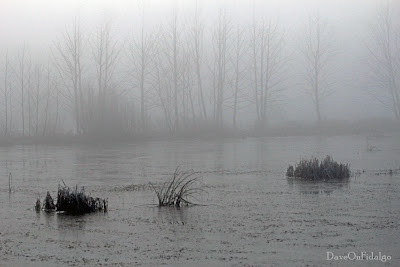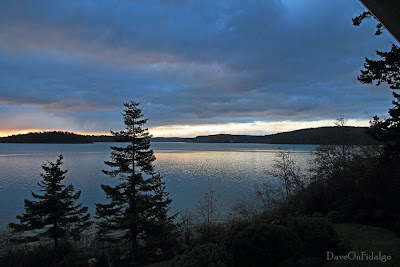Skywatch Friday: Between Storms

8:17 AM, Temp 49.2° F, Dew Point 48.4° F, Barometer 29.77 in Steady, Wind Calm, Humidity 97% Between storms, there is a moment of peaceful moodiness in early morning over Skagit Bay. Until Christmas, December weather was unusually dry here on South Fidalgo Island. We received less than a half inch (12 mm) of rain for the month. The dry spell ended on Christmas Day. Now we are getting a succession of storms delivering wet and windy conditions, with calm spells in between. Fortunately, all predictions indicate the New Year's weekend will be fairly nice.










